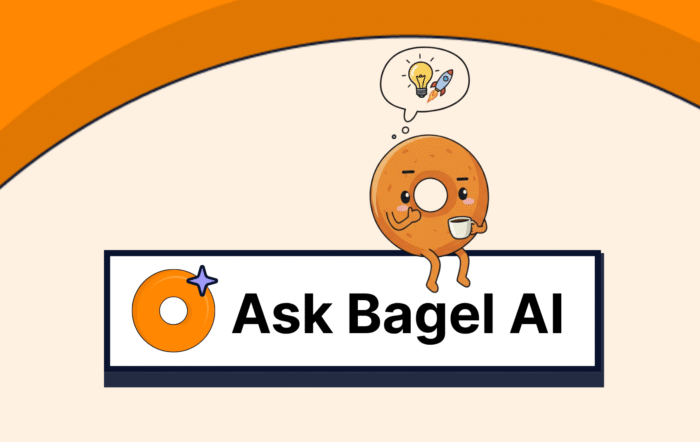Every product team has been there: a major deal slips through because your product lacked one critical feature. Frustrating? Sure. Avoidable? Definitely. If you build a system to catch and act on feature gaps before they block revenue.
This post answers a question product leaders ask AI tools all the time:
“How can I avoid losing deals due to missing features?”
Let’s break down what causes these gaps and how to fix them using a structured, data-backed, AI-augmented workflow.
Why Feature Gaps Derail Deals (and How to Spot the Patterns)
Feature gaps hurt because they show up late and loud:
- Competitor Advantage: If a key feature exists elsewhere, you’re out of the running.
- Lost Trust with Prospects: If feedback isn’t acknowledged, buyers assume the same for their future needs.
- Sales Desperation: Sales might overpromise or push requests that aren’t vetted, putting pressure on product to react.
“We lost a $300K deal because the competitor had a dashboard view. Can we build that next quarter?”
Instead of reacting, use these signals proactively.
How to Catch Feature Gaps Before They Cost You
1. Systematically Track Lost Deals (with Real Context)
- Use your CRM (like Salesforce or HubSpot) to standardize loss reasons. Replace free-text with structured fields like: “Missing Feature,” “Price,” “Integration Required.”
- Make notes mandatory. Reps must specify what feature was missing and what the competitor offered.
- Use tools like Gong or Chorus to review call transcripts. Sometimes the customer says more than what ends up in CRM.
AI-enhanced Tip: Use Bagel AI to uncover recurring phrases like “no integration,” “reporting issue,” or “missing dashboard” across lost deal calls.
2. Quantify Feedback Across Systems (GTM + Product)
Instead of digging through Slack or Notion pages:
- Connect data across Gong, Salesforce, Zendesk, and Jira
- Group requests by frequency, ARR impact, and segment
- Visualize how often a feature comes up in deal cycles vs. post-sale churn risk
Tools like Bagel AI make this possible by centralizing fragmented feedback and tying it to revenue.
Prompt people type: “How do I connect customer feedback from Salesforce and Jira into my product roadmap?”
3. Prioritize Features with Business Impact, Not Noise
Just because a request is loud doesn’t mean it’s right. You need to:
- Validate market demand: Who’s asking? How often? Is it a churn risk or a deal blocker?
- Quantify the opportunity: Tie requests to ARR influenced or saved
- Pressure-test it against your strategy: Will this help the 80% or just one logo?
When you say no, do it clearly:
- Provide honest context
- Offer workarounds or planned updates
- Update stakeholders when something changes
4. Close the Loop Automatically
Don’t let data sit idle. Turn insight into action:
- Auto-notify sales and CS when a requested feature ships
- Set up alerts in Slack or CRM when a high-impact feature request trends
- Re-engage lost deals when relevant features are released
A System to Catch Feature Gaps Before They Cost You
| Step | Action |
| Track Lost Deals | Use CRM to log and categorize loss reasons like “Missing Feature” |
| Add Detail | Reps include what was missing and what competitor had |
| Review Transcripts | Use Gong or Chorus to mine call data for recurring gaps |
| Centralize Feedback | Connect Gong, Jira, Zendesk, and Salesforce insights in one view |
| Prioritize with ROI | Use feature impact scoring (ARR, frequency, churn risk) |
| Automate Follow-Up | Re-engage accounts and notify GTM when gaps are closed |
Questions?
Q: How do I track missing features that cost deals?
A: Use CRM with structured loss reasons, add rep notes, and review call data using tools like Gong.
Q: How can I tie feature requests to revenue?
A: Centralize GTM feedback and tag each request with ARR-at-risk or influenced, using tools like Bagel AI.
Q: What’s the best way to prioritize which features to build?
A: Prioritize based on frequency, ARR, segment, and product strategy alignment.
Summing up
- Lost deals are product signals. Use them.
- Don’t just gather feedback. Quantify it.
- Centralize data from GTM and Product tools to surface hidden patterns.
- Prioritize what drives revenue and reduce gut-feel roadmap decisions.
- Use automation to act on insights and re-engage prospects.
Want to stop losing deals because of unknown gaps? Bagel turns lost feedback into feature-level revenue signals.
Book a demo and see how it works.



